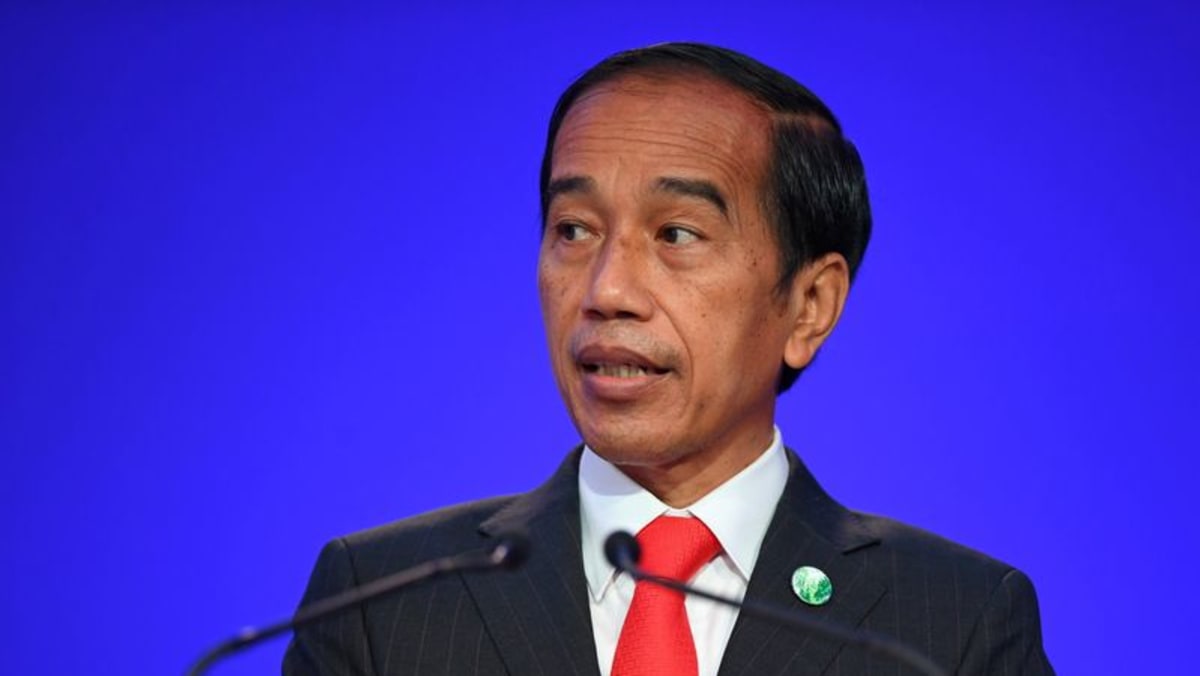
Earlier this week, Indonesian authorities said they will use “weather modification technology” to produce artificial rain over dry peatland as a preventative measure against potential forest fires.
Local media had previously reported that the weather modification technology, known formerly as artificial rain technology, creates rain that helps to put out fires.
It is carried out by seeding cumulonimbus clouds with sodium chloride to cause immediate condensation and rain, state news agency Antara reported.
And last month, Environment Minister Siti Nurbaya Bakar warned that stern action will be taken against firms that are found to have caused forest fires in the country.
Indonesia’s Meteorology, Climatology, and Geophysics Agency (BMKG) has forecasted that the risk of forest fires will rise when Indonesia enters the dry season starting April until May this year
It added that this will be the driest weather since 2019 due to the weakening of the La Nina pattern.
The BMKG also predicted an increase in forest fires this year, similar to that in 2019 when 1.64 million hectares of land were affected by fires. In comparison, 204,896 hectares and 358,864 hectares were affected in 2022 and 2021 respectively.
The potential for fires is reportedly spread across the six provinces of Riau, Jambi, South Sumatra, West Kalimantan, Central Kalimantan, South Kalimantan and Papua.
Southeast Asia is regularly beset with bouts of haze. During the 2019 Southeast Asian haze, thousands of fires were started in Indonesia in order to clear land for crops.
Media reports then stated that some 900,000 Indonesians reported suffering from acute respiratory infections as a result of the haze in the first nine months of that year alone.

